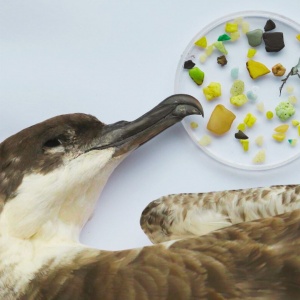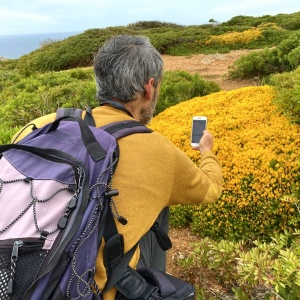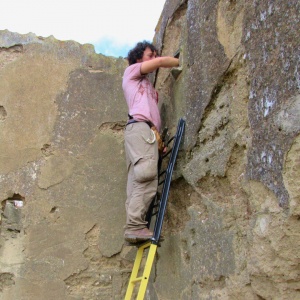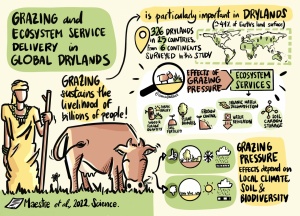17/09/2016. Texto por Marta Daniela Santos.
Um estudo recentemente publicado na revista PNAS, da autoria de uma equipa internacional liderada pelos investigadores cE3c Sara Magalhães e Joaquín Hortal, foi recomendado pelo serviço Faculty of 1000 – F1000 como sendo de especial relevância na sua área.
O estudo recebeu recomendações de dois especialistas na área, que consideraram que o artigo representa uma “nova descoberta” e uma “hipótese interessante”, de natureza “controversa”. Recorde-se que o estudo demonstra que, ao contrário do que se pensava, os ácaros não se especializam evolutivamente em grandes grupos de plantas, mas conseguem alimentar-se de qualquer planta disponível em seu redor. Este resultado contradiz a visão clássica de estudar as interações entre espécies e as funções do ecossistema apenas de um ponto de vista local e salienta a necessidade de estudos mais globais em Ecologia.
O serviço Faculty of 1000 – F1000 identifica e recomenda artigos considerados importantes em todas as áreas da biologia e investigação médica, com base nas recomendações de especialistas mundiais nestas áreas. Lançado no ano 2000 como uma colaboração entre 1000 investigadores de renome, o serviço conta atualmente com mais de 5000 especialistas, que classificam os artigos e explicam a sua importância para cada área.
Recomendações F1000:
“Because phylogenetic data nowadays accumulate and keep improving, how we can use such information to understand the structure of communities and ecological networks has become an important question. It also opens new doors to understand the links between evolution and the functioning of ecosystems.
More and more works show that phylogenetic signals exist in predator-prey, plant-mutualist or plant-herbivore networks. What remains difficult is to propose mechanisms that can explain such phylogenetic signals. Very often, the process behind the pattern remains quite obscure or untested, so that going from the phylogenetic information to the ecological structure is often like going through a black box. Usually, it is proposed that phylogenetic similarity is a proxy of similarity of ecological niches (notoriously difficult to measure) or of species traits (as trait matching and trait differences often structure ecological networks).
In the present article, the authors study another aspect that largely matters for phylogenetic signals: the geographic structure of interacting species. Regardless of the type of speciation (allopatric, parapatric or sympatric), diversification happens in the same geographic area (at macroscale), so that geographic and phylogenetic structure largely overlaps. The study shows, by studying the modularity of plant-mite networks, that once this effect is accounted for, the phylogenetic structure largely disappears.”
“Plant-feeding arthropods are exceptionally diverse, both in terms of species number and ecologically. There is a tendency for related herbivore species to attack similar host plant taxa (although exceptions occur). The processes underlying the presence and strength of such phylogenetic conservatism in host use remain debated. The authors study a diverse group of over 1000 species of spider mites. They show that evolutionary patterns of host use are largely determined by the geographical distribution of herbivores and their hosts. The results challenge the idea that the pattern of phylogenetic conservatism reflects inherent biological constraints in resource use. Rather, host use could be largely determined by where herbivores and their hosts are found in geographic space, reflecting a geographic component of ecological opportunity.”
Referência do artigo: Calatayud, J., Hórreo, J. L., Madrigal-González, J., Migeon, A., Rodríguez, M. Á., Magalhães, S.e Hortal, J. (2016) Geography and major host evolutionary transitions shape the resource use of plant parasites, Proceedings of the National Academy of Sciences of the USA (PNAS).
Tags: EE ESFE






